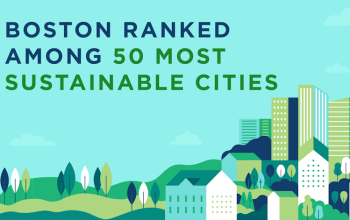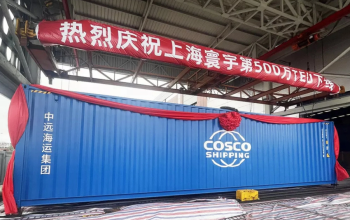Plastics and composites are not always recycled as well as we would like: lack of outlets, non-existent or unprofitable technologies, or even diffuse deposits. IMT Nord Europe develops and improves technologies in partnership with manufacturers.
Plastics and composites do not have a good press, and yet it is difficult to do without them in our daily objects, for example our cars. To ensure that their use is as least polluting as possible, they must be recycled. Not simple, both from a technical and economic point of view. Two researchers from MIT recycling are working to improve processes with a view to their industrialization.
Recycling plastic requires finding outlets for these recycled materials. Among the main obstacles is the presence of pollutants, in particular volatile organic compounds (VOCs) which cause unpleasant or even toxic odors. Especially since the standards are very strict regarding VOC and odor emissions in vehicle cabins. Researchers are developing a solution that shines for its simplicity: water-assisted extrusion.
Removing odors in plastics
Extrusion is the classic process for manufacturing plastic objects, involving pushing the pasty material through a section of the desired shape. By injecting water into the extruder, the plastic is washed by water vapor, which extracts a large portion of the VOCs. This process requires some adjustments to the extruder. This research is being carried out with three industrial partners and another laboratory, and the industrial pilot should be operational within two years.
To further improve this process, the researchers plan to combine water with supercritical CO2 – CO2 under pressure which becomes a very effective solvent. Advantage: remove molecules different from those captured by water.
Ecodesign and sector organization
Effective recycling most often starts with designing materials that are easily recyclable. This is especially true in the field of food packaging, often made up of several materials (bricks, thermoformed trays or reheating bags for example). The ideal is to mix compatible polymers, to integrate them into existing recycling sectors.
Recycling well is not only a question of technique, but also of organization of the sector. Waste must be used as locally as possible, to reduce transport and logistics costs, which requires analyzing and intelligently managing the flow.
If we want to increase recycling rates and reduce local waste, we have to tackle what we don’t know how to do. Particularly small quantities (diffuse deposits), and materials that we do not know, or which are poorly recycled such as opaque PET (the plastic of milk bottles for example). For example, they are working to promote small quantities in additive manufacturing (the industrial version of 3D printing): they extrude them again with additives to make them usable.
Composites, little recycled
Recycling plastics is not always easy… so imagine that of composites, these materials made up of fibers (generally glass or carbon) and a polymer matrix. A modern aircraft, like the Airbus A350, is half made of composite materials. The latter have invested in entire sectors of the industry: transport (not only planes but also cars, boats, bicycles, etc.), as well as electronics, leisure, wind power, etc.
Today, when they are at the end of their life, composites are mainly recovered for energy. In other words, they are burned to recover the energy from their combustion. Not ideal from an environmental or economic point of view! Aeronautics is developing solutions to recover carbon fibers. It mainly uses carbon-based composites. However, these are more noble, therefore easier to promote. Recycling technologies exist for glass fiber composites, but none are profitable.
Develop inexpensive recycling methods
Two processes are possible to recover the fibers: either a chemical process, in which the matrix is dissolved in a solvent (the matrix is then reusable), or a thermal process, which deteriorates this matrix. For its part, the matrix is either thermoplastic (it can be melted) or thermosetting (which degrades when heated). Result: each fiber-matrix pair is treated differently. Each product therefore has its own sector. Hence the complexity of recycling composites. The purer the material, the easier recycling.
Improving recycling is therefore essential, and research on this subject has its place, as well as research on reusing materials. They are trying to develop simple and inexpensive methods, using less dumpster rentals.
They start from the industrial problem: if they have such a deposit of materials with such properties, they can extract such recycled material with such a property. However, when they recycle, they always degrade the properties of the material, because they shorten the fibers.
Today, researchers are only at the beginning of composite recycling. Some sectors are starting to take shape: in boating, with an association which dismantles abandoned boats, financed by an ecotax on new boats, or even in the wind sector. The automobile industry is also at the forefront, thanks to legislation requiring the integration of recycled materials into new vehicles.










